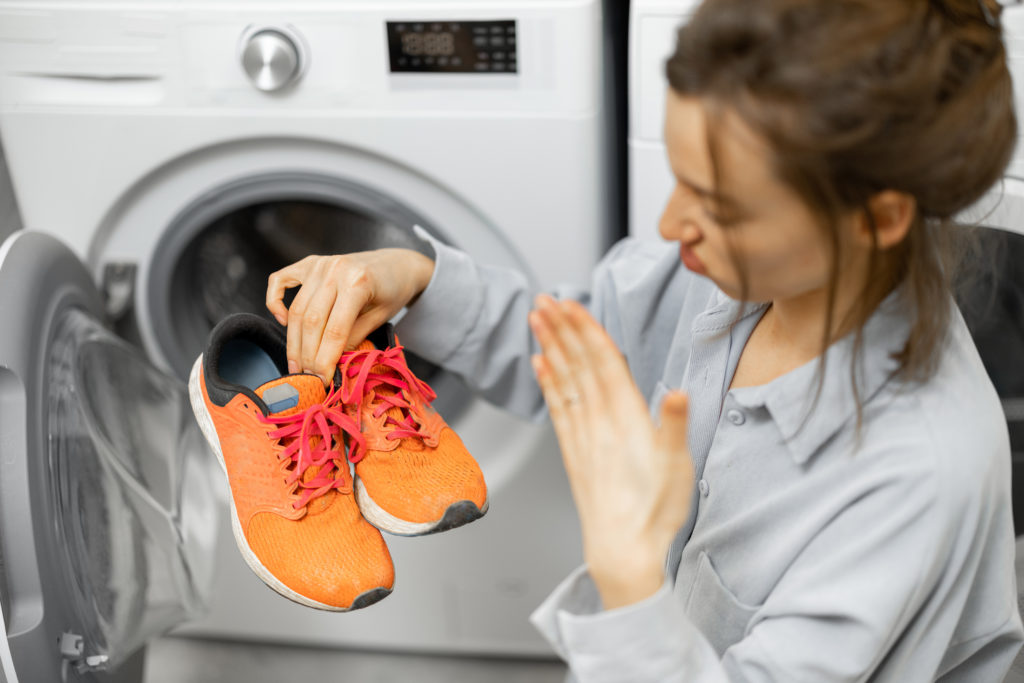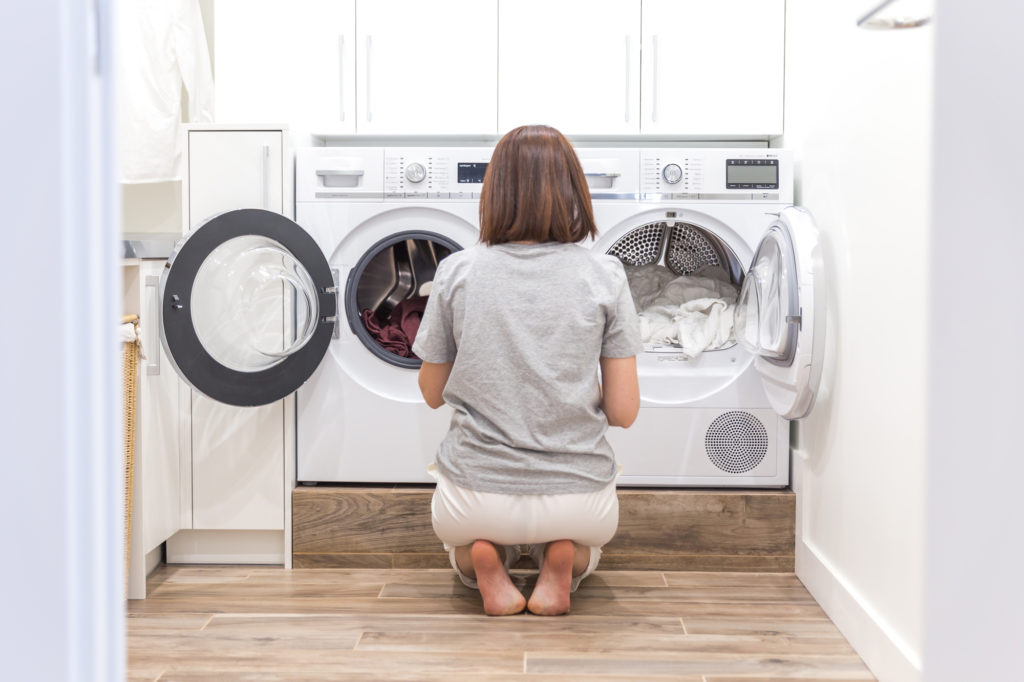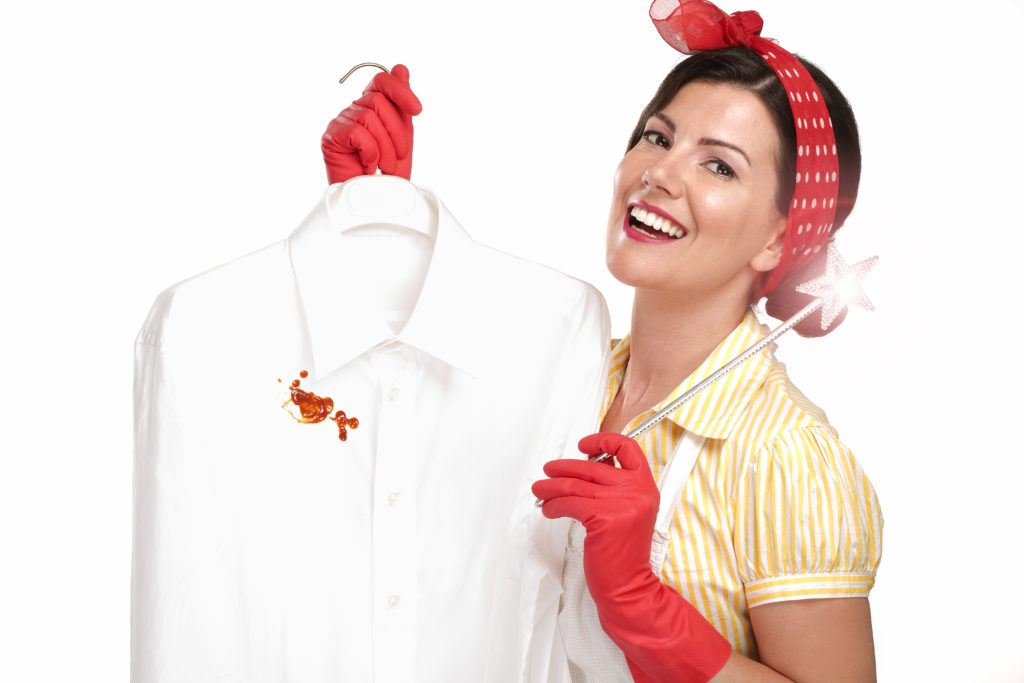- Uncategorized
- 25.04.2023
How to easily clean quilts in a washing machine
1- Start by sorting the quilts according to fabric type, color and size. This will ensure that each quilt is washed with similar items which helps protect them from damage caused by abrasion and friction.
2- Check all the quilts for any loose threads or damaged areas that could be further damaged during the washing process. If necessary, mend these areas before laundering the items.
3- Pre-treat stains on the quilts with a stain remover or pre-wash spray prior to washing them to help remove embedded dirt and debris more easily during wash cycles.
4- Load the washer with one or two quilts at a time depending on their size, making sure not to overload the machine as this can cause uneven cleaning results and overstretching of fabrics due to too much agitation during the spin cycles.
5- Select a gentle cycle such as hand wash/delicate for best results when laundering your quilts in the washing machine avoid using regular settings as these are often too harsh for delicate textiles like cotton batting used in most handmade quilts. Use cold water only since warm water may set stubborn stains into fabrics permanently if left unattended long enough while being laundered together with other items (for example: towels). Avoid adding chlorine bleach products unless necessary; some colors may fade away quickly if exposed directly to such chemicals so always test an inconspicuous area first before proceeding.
6- Add detergent according to manufacturer’s instructions: use high efficiency detergents specifically created for front loading machines whenever possible. In fact, using quality detergents will produce less suds than traditional laundry soaps, which can result in a better overall performance while still providing effective cleaning power. Also, this helps especially when laundering heavier loads containing bedding materials like comforters & duvets. For extra softening benefits, add fabric softener sheets directly into the drum after loading items. However, do not pour liquid softener solution into the dispenser tray as this could lead to clogging problems later down the road due improper rinsing out process afterwards.
7- Run desired cycle(s), checking periodically throughout the entire duration to make sure everything is running properly without any issues arising. When you finish unloading the machine immediately, hang up wet garments onto the clothesline outside (if available) or spread them in a flat indoor dryer’s room. This process will avoid direct sunlight exposure and prevent fading discoloration happening. Do NOT tumble dry until thoroughly air dried beforehand, otherwise you will risk shrinking the fabric.
8- Inspect each item closely once completed, make sure there are no remaining spots missed and rewash again if necessary.
9- When satisfied, carefully store the folded quilts inside cupboards to avoid dust, dirt, and other potential allergens.
Finally, enjoy your newly refreshed quilts and maintain their qualities for years, with the simple steps provided above.





